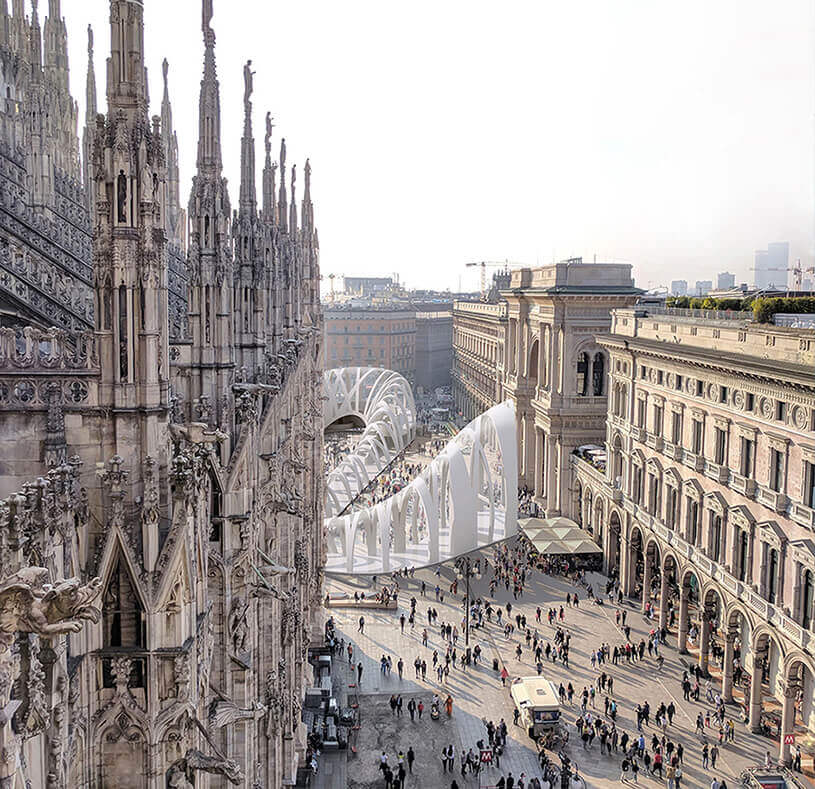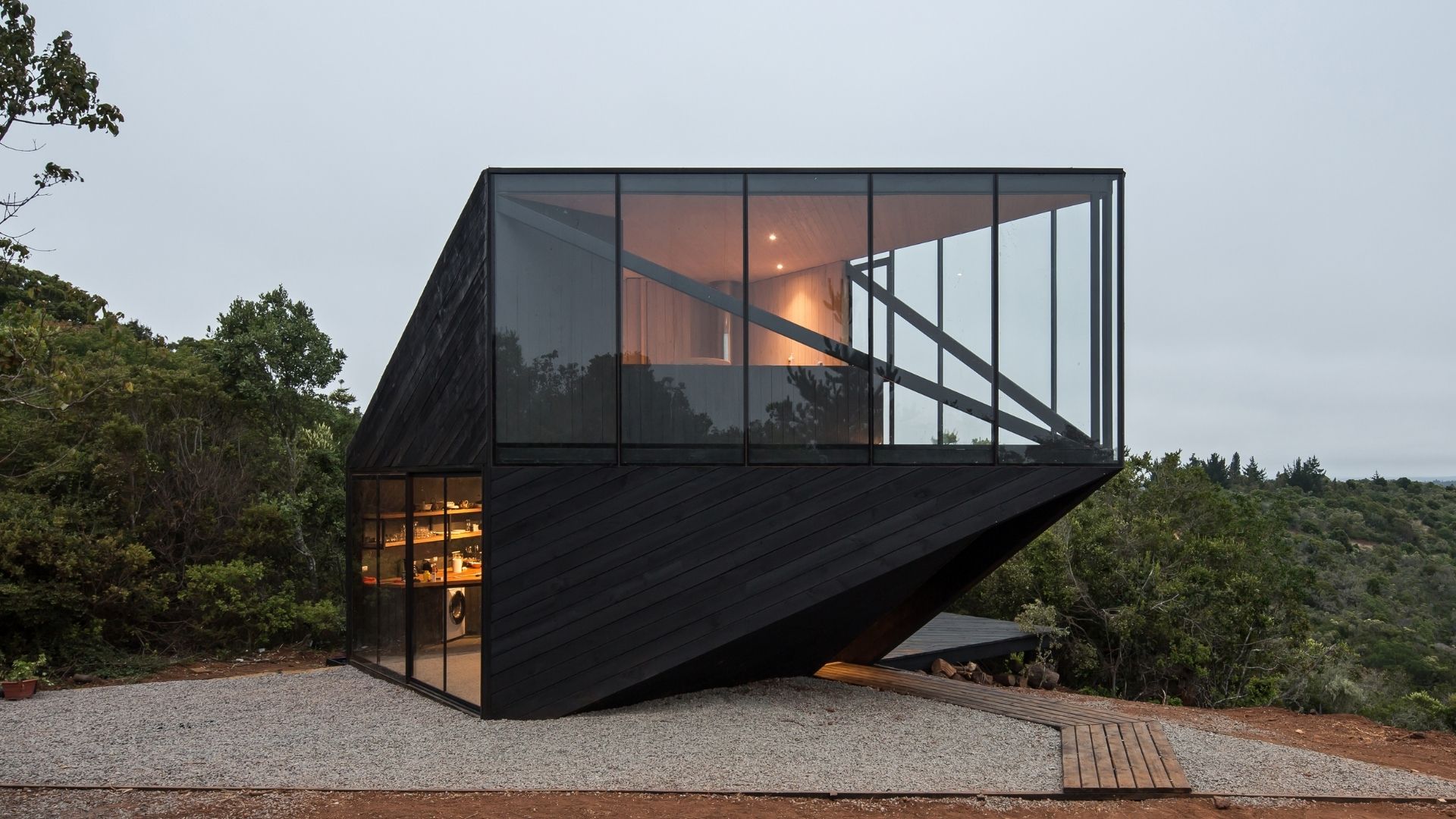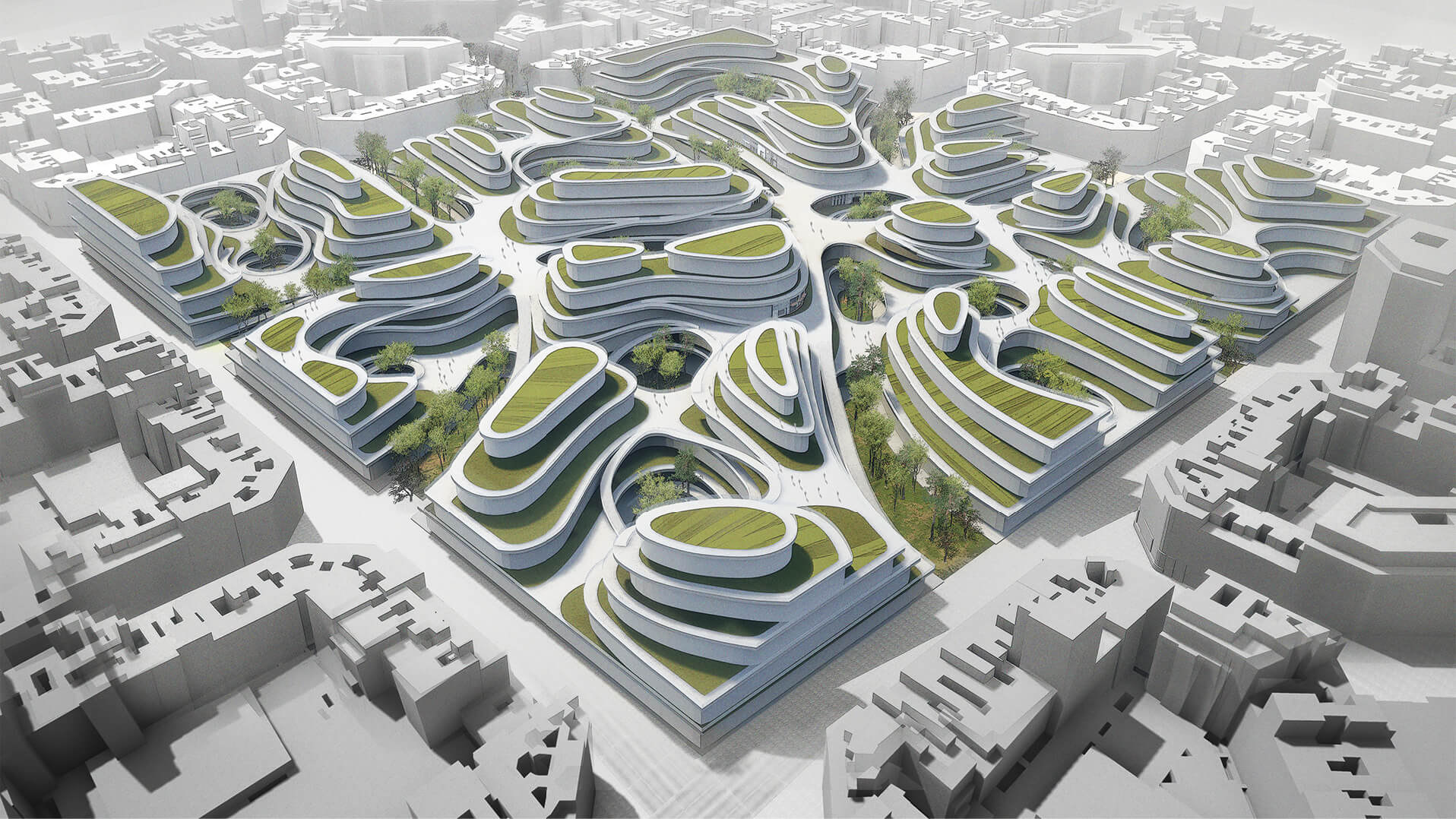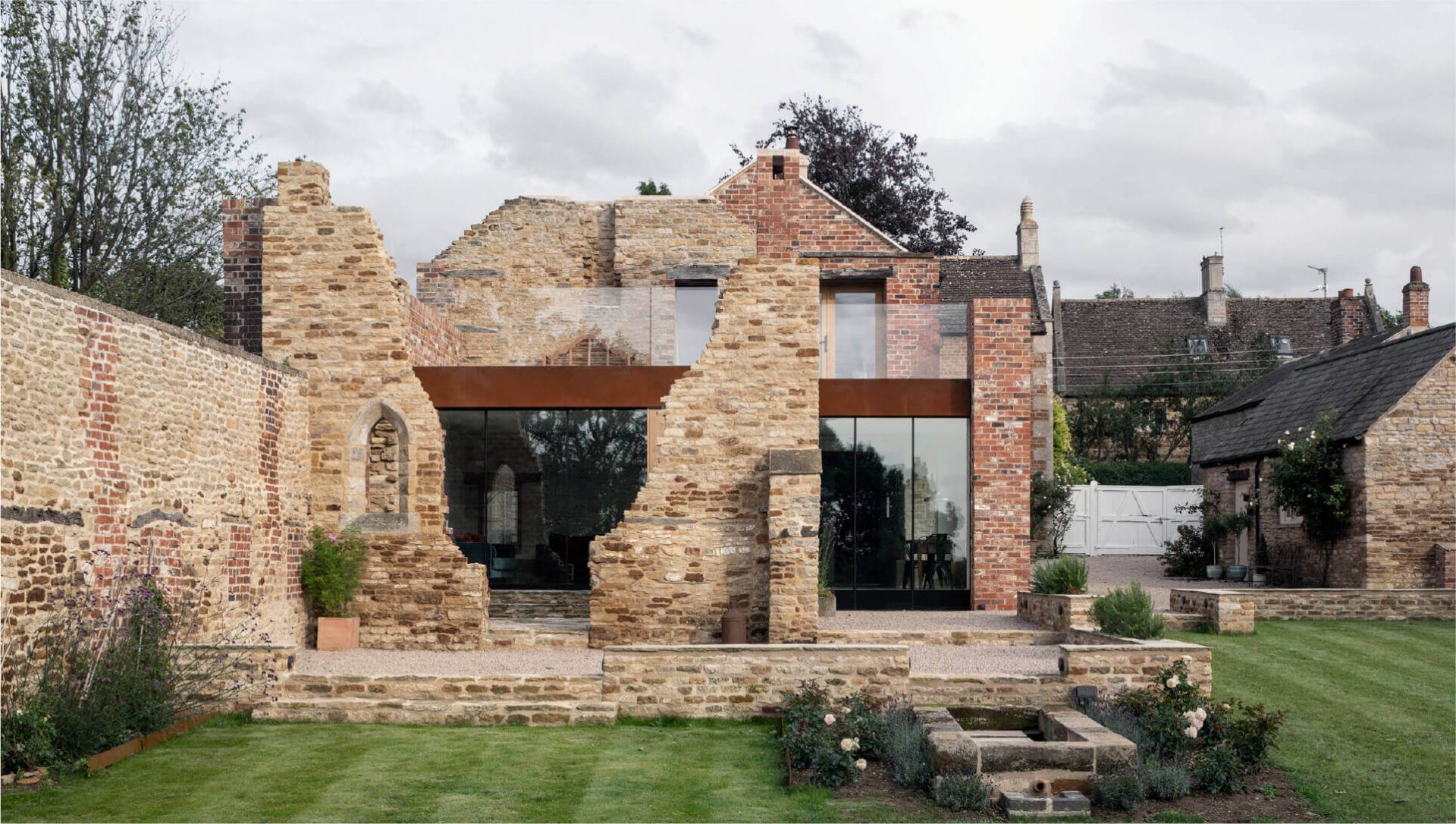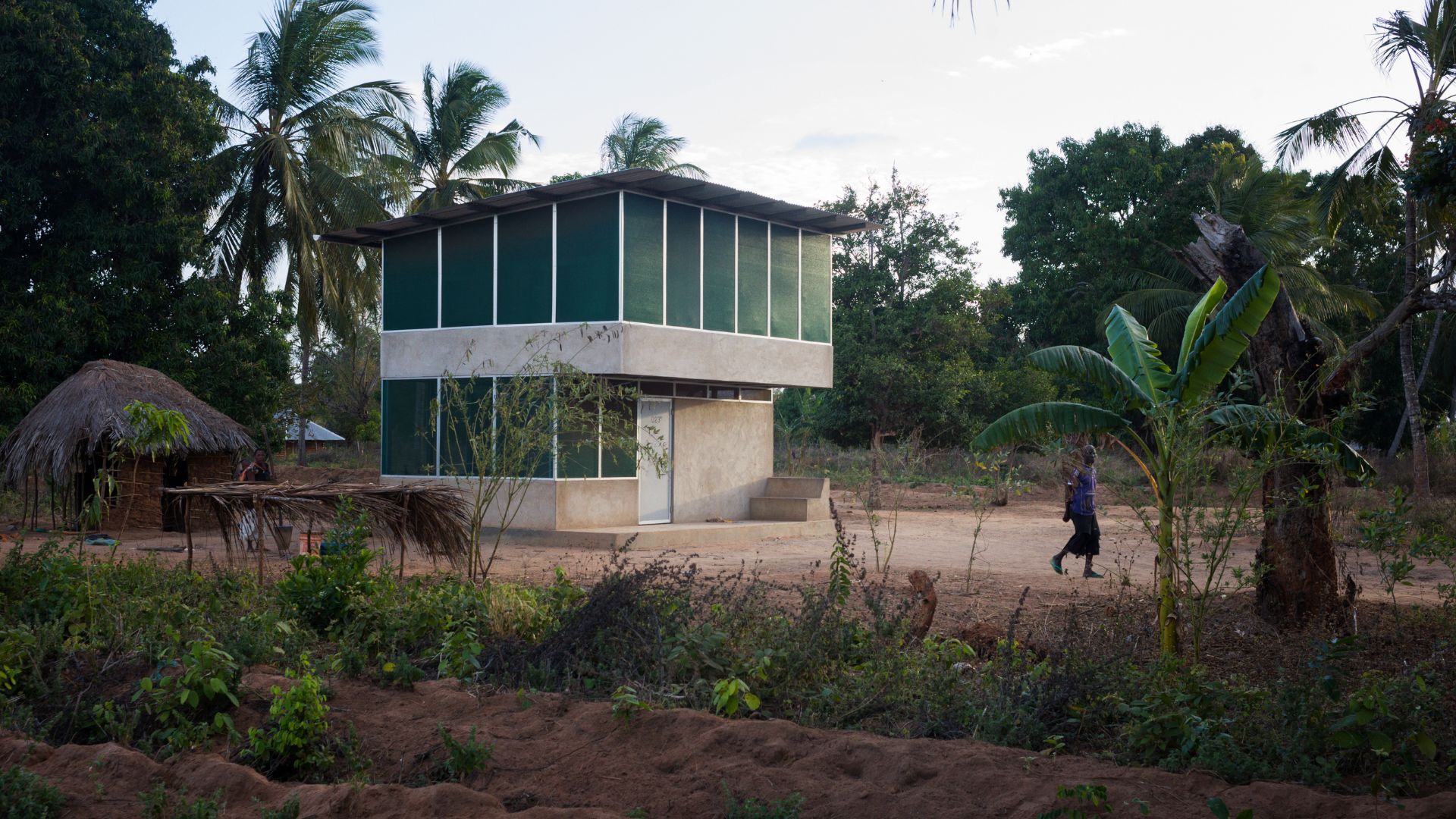The Biscione Pavilion proposal for Milan by Marchisciana Saverio Adriano
Architect Marchisciana Saverio Adriano creates the Biscione Pavilion for Milan, an exhibition space dedicated to mountain culture to celebrate the 2026 Winter Olympics.

The Biscione Pavilion was born from the idea of creating an exhibition space that can bring mountain culture to the city. A versatile, multi-purpose space in which artistic, photographic, and traditional events can be organized and where artisan products, made by people living around the great Italian mountains, can be exhibited.
Italy is widely recognized as the Country of the sea, of the large coastal cities which colonized the Mediterranean, but few people know Italy for the large, imposing mountain ranges that cross it and that are placed in the heart of the Mediterranean Sea, like a long backbone from north to south.
Gallery
Open full width
Open full width
In 2026 the winter Olympics will be hosted by the cities of Milano and Cortina, and on that occasion, Italy will be able to show the world its historical link with mountain culture, a very strong, profound link particularly in those small villages scattered between the Alps and the Apennines, between majestic mountains or dangerous volcanoes.
Inside the Pavilion, the main natural mountain environments will be reproduced, and reproductions of the important local mountain fauna will be exhibited as well, which includes animals such as the brown bear, the wolf, the ibex, the golden eagle and so on. It will also contain a botanical garden including the flora species that belong to the endemic habitats of the Alps and Apennines.

The Biscione Pavilion will be a living museum that will immerse the inhabitants of the contemporary city in the unique natural context of the mountain, with the aim of increasing people’s sensitivity towards nature and those parts of the territory that are still not urbanized today. Such areas belonging to a wild European environment will have to be safeguarded as a heritage in order to be handed over to future generations.
This pavilion museum is designed to be located in the historic heart of the city of Milan, in the center of the Piazza Duomo and in front of the city’s gothic cathedral. The idea of the project takes inspiration from the historical heraldic symbol of Milan, the Biscione meaning “Snake”, which through a morphing process, it generates the planimetric shape of the pavilion, with its peculiar sinusoidal shape.

The pavilion is conceived as a continuous curve path, with the entrance located in front of the Galleria di Milano. The Biscione Pavilion is not meant to be just as an extension of the Galleria di Milano, but a sort of temporary cultural centre that will last for the whole period of the 2026 winter Olympics.
The pavilion is characterized by an iconic semi-transparent shell-shaped roof, reinforced by arches which produce an exhibition space overlooking the monuments of Piazza Duomo. Upon entering the pavilion, visitors will find several exhibition areas along the way. The first one is the large hall of the glacier, which treats the theme of the overheating of the earth’s temperature and explains the risk of the melting of glaciers.

In this room, there are also some reproductions of the largest animals of the mountain whose primary purpose is to raise awareness about the environmental issue and encourage people to protect these mountain territories as the necessary habitat of their life. Continuing along the path visitors will find a garden with the main botanical mountain species. This space connects visitors with the vegetation that grows at high altitude environments.
In the model room, which is the next following hall, there are reproductions of the main Italian mountains and volcanoes. Along the way, there is also a cafeteria and a bookshop, which are two essential stopping points within the exhibition itinerary of the Biscione Pavilion.

Another fundamental area is the photographic exhibition room where the spectacular, breathtaking alpine landscapes are depicted. The journey ends with the exhibition hall of the traditional costumes of the mountain communities, this room shows visitors the culture and traditions of mountain people.
Some parts of the Biscione Pavilion will be dedicated to leisure, like the area of artificial climbing walls, and the large ice skating rink that will be built on the Piazza Duomo, outside the pavilion.
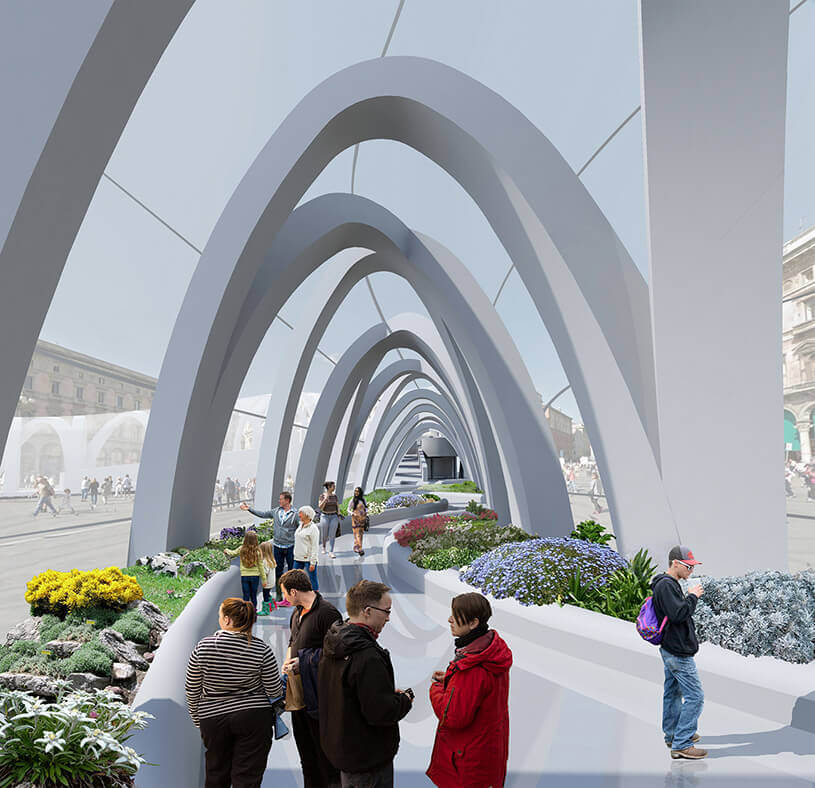
The “Biscione Pavilion” could be a great cultural opportunity for Milan, a remarkable destination in the heart of the Italian city that more than anything else has decided to bet on the arts and contemporary architecture. A pavilion as a pole of attraction for travelers and tourists who will come to Italy from all over the world for the 2026 Olympics.



